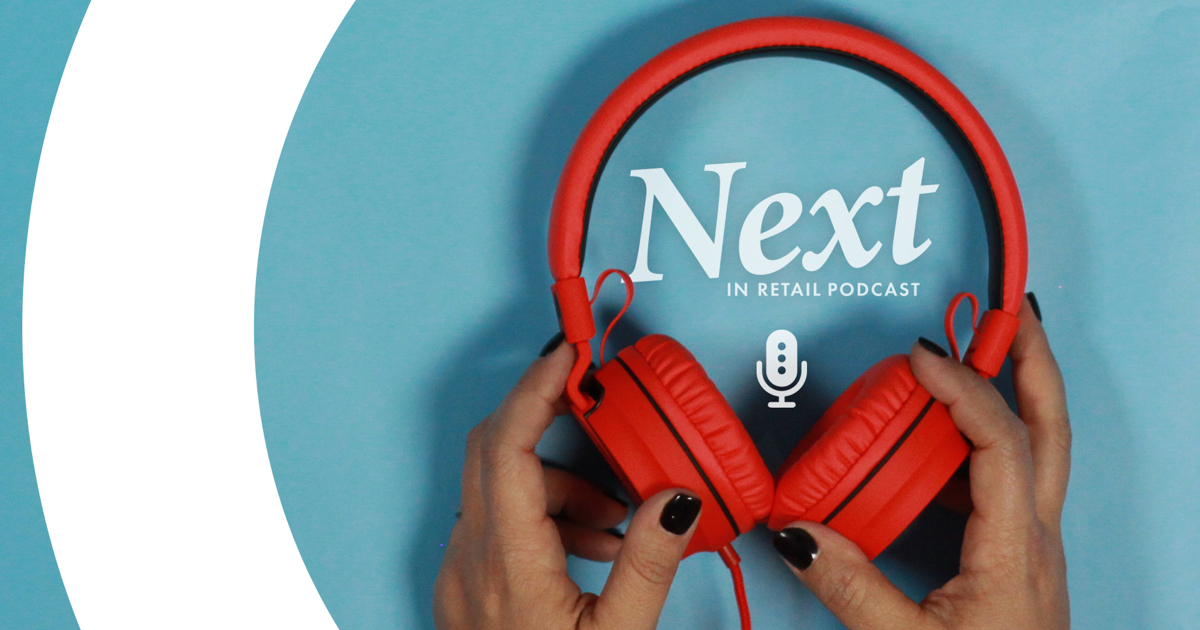What issue can we solve for you?
Type in your prompt above or try one of these suggestions
Suggested Prompt



Insight
NRF 2022: Sustainability, the Metaverse and What it Means to be Brand Loyal
NRF 2022: Sustainability, the Metaverse and What it Means to be Brand Loyal
The National Retail Federation’s Big Show was back in New York City this January, bringing together retail and technology leaders for a three-day exploration of the biggest trends defining the industry.
This year was all about shaping a future beyond COVID-19, with retail and technology converging to create new experiences for a growing population of consumers that are empowered by choice and driven by purpose. Here’s what we learned:
1. Retail’s big bet on the Metaverse
The Metaverse. In practice, this virtual landscape has existed for years on platforms like Roblox, Minecraft and Fortnite, immersing younger generations in digital worlds with their own in-game economies and digital identities.
With Facebook rebranding to Meta, and more recently, Microsoft’s acquisition of Activision, the expansion of the Metaverse is imminent. Generation Alpha will be the first population to grow up alongside the Metaverse. To capture these consumers, retailers need to be ready.
“While there remain more unknowns than knowns about the Metaverse, it is important for retailers to start developing a strategy and experimenting with different concepts,” Hilding Anderson, head of retail strategy, Publicis Sapient, said. “The time to act is now.”
Two major points of entry are immediately apparent. First, the development of a digital storefront alongside physical brick-and-mortar, with traditional e-commerce experiences evolving for the Metaverse environment.
“Physical retail is not going to die because the Metaverse won’t allow it,” Liz Bacelar, executive director, global tech innovation, Estee Lauder, said. Instead, the Metaverse will serve as an extension of the in-store experience. Digital flagship stores will be created in virtual reality, with one-click shopping done directly in-platform. In-store, services like virtual try-ons or augmented reality can help customers make better purchase decisions.
The second point of entry is through the promise of NFTs and the “avatar economy.” Fashion, luxury and beauty brands are uniquely positioned to create NFT versions of their physical products, or new product “skins” altogether, that, through limited release, can create new revenue streams in the Metaverse. Ralph Lauren is already experimenting with fashion activations on Roblox, and shoe brands like Nike and Adidas are exploring NFTs to offer exclusive experiences.
2. Sustainability as a strategic imperative
Solving the sustainability issue is a collaborative effort, with all members of the retail value chain working together to implement greener practices across the entire product journey.
For Javier Quinones, U.S. CEO and chief sustainability officer, Ikea, retailers need to make sustainability “a leadership issue, not just a business priority.”
“Most of the decisions you make are going to be filtered through this agenda,” he said.
Investment in sustainability has implications for both environmental impact and customer loyalty. Consumers and employees value brands’ commitment to the environment, influencing decisions around the products they buy and the companies they work for.
“This is a problem we have to work on together,” John Furner, U.S. president/CEO, Walmart said. “…We can reshape the way consumers, the entire economy, works around the world and really help the environment.”
3. From omnichannel to community
It’s not just sustainability driving consumer choice. Connected customer experiences are now table stakes alongside brand purpose.
“Shoppers are no longer willing to tolerate a lack of seamlessness,” Sarah Kleinman, VP, digital commerce, The North Face, said.
Morgan Stanley Vice Chair Carla Harris describes this shift as an “amplification of choice and voice,” for today’s consumer. A growing ecosystem of omnichannel services give consumers control over how, when and where they engage with brands. To Harris, an authentic, human touch to these interactions is a differentiator.
“…I might value speed, I might value convenience,” Harris said. “But how do you make me feel when I am engaging with you?”
According to Niki Shamdasani, co-founder, Sani, brands can use social media to amplify their message, building not just loyal customers, but a community where consumer voices are heard.
“Show, not tell,” Shamdasani said.
4. Delivering more to demanding consumers
E-commerce acceleration increased consumer demand for convenience and an abundance of choice in where and how they purchase. Retailers are meeting this demand in a number of ways, from robotics that enable more efficient micro-fulfillment, to local partnerships and inventory management that enables immediate last-mile delivery.
Nordstrom’s platform retail approach is opening new doors for merchandising. With an expanded network of strategic partners like TopShop, the retailer is able to enter new categories and offer more products to a shared customer base.
“It opened up the aperture for us to do more,” Pete Nordstrom, EVP, Nordstrom, said.
5. Change starts at the top
The retail industry is in a constant state of change. But to truly drive innovation and meet consumer needs, leadership must embody the values and culture of a diverse, digital and purpose-led population.
“If you have homogenous thinking at your decision-making table, you will have a gap in your go-to-market strategy and it will expose you unnecessarily to outside competitive threats,” Harris said.
Retailers must embrace different perspectives, remain transparent and create inclusive working environments with a willingness to listen, learn and grow.
“We are all competing around innovation,” Harris said. “In order to get to that one innovative idea…you must start with a lot of different people in the room.”
“Because after all, innovation is born from ideas.”
Related Reading
-
![]()
Next in Retail Podcasts
Hear from the Publicis Sapient retail experts on unlocking what’s next in your digital transformation.
-
![]()
The Store of the Future
Find how connecting your physical and digital shopping experiences can help your business grow.
-
![]()
Retail Guide to Next
Top trends that will enable retailers to put shoppers first in 2022.






